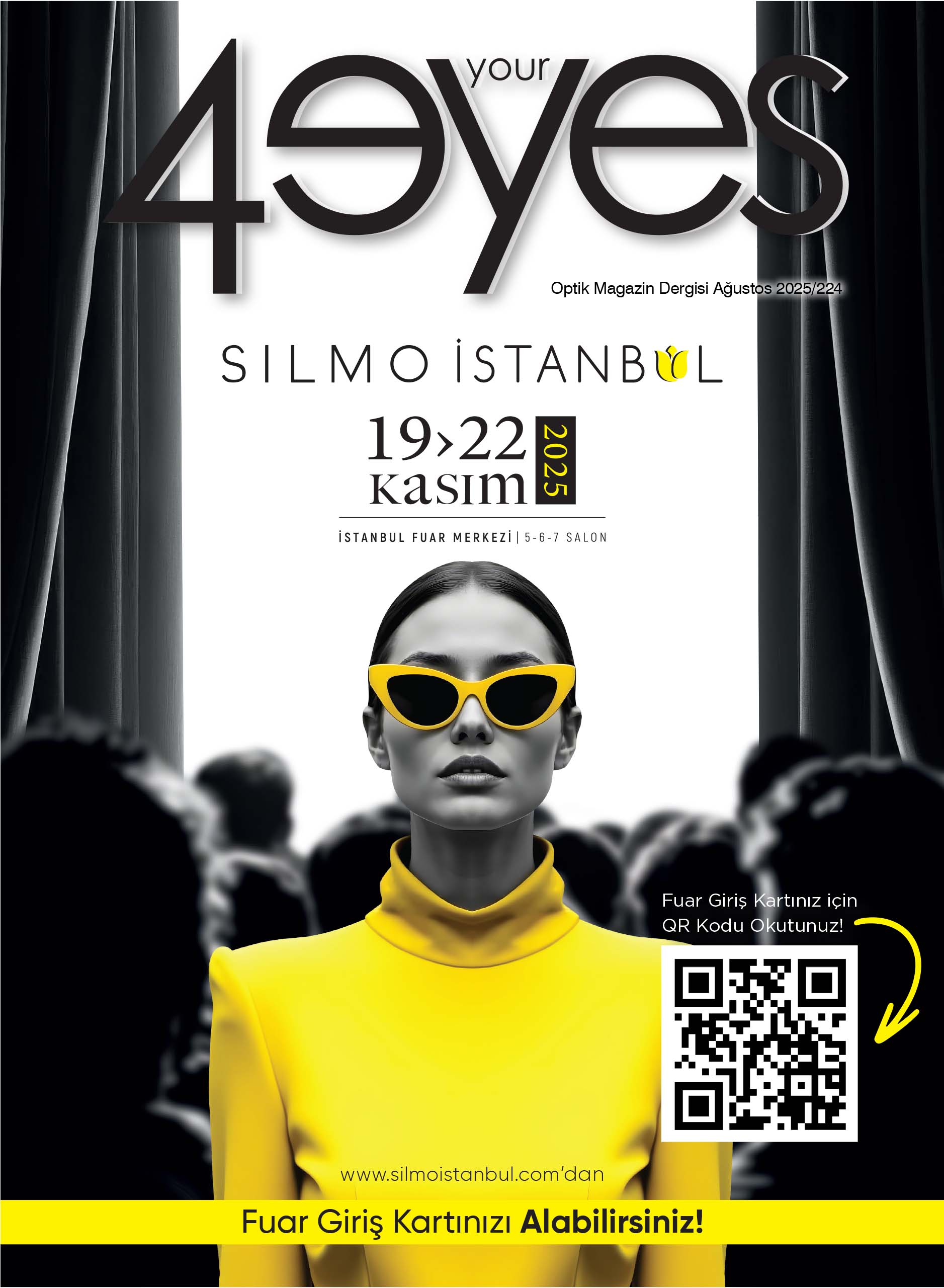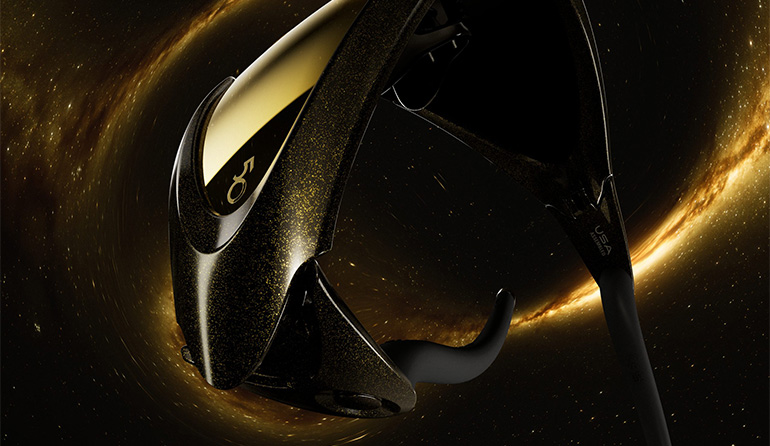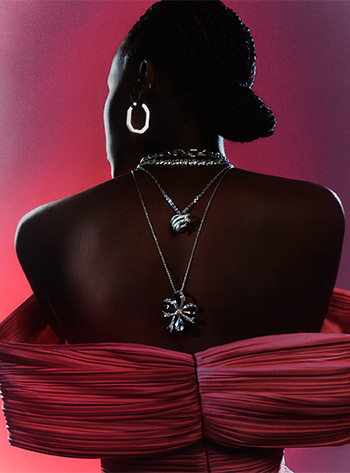Master of the Crystal
Swarovski’s designs, harmonized with its deep-rooted heritage and modern aesthetics, continuously reveals its timeless presence as a brand beyond its era.
Swarovski’s story is not just a jewelry brand, but a multifaceted success story. The brand has established a firm foothold in disciplines as diverse as art, fashion, technology and sustainability, and has become a force to be reckoned with around the world for its innovative approach in these fields. With both cultural and artistic value, Swarovski has gone beyond simply producing exquisite jewelry and accessories to become a global luxury brand that blends creativity, innovation and responsibility. Founded in Wattens, Austria in 1895 by Daniel Swarovski, the company quickly made a name for itself thanks to its revolutionary invention in glass and crystal processing. Daniel Swarovski aimed to make crystals affordable, making ‘a diamond for everyone’. The invention that enabled Daniel Swarovski’s meteoric rise was the development of an automatic cutting machine that processed crystal much more precisely and accurately than the existing cutting methods of the time. Not only did this machine improve the quality of crystal production, enabling the creation of more brilliant and eye-catching jewelry, it also gave birth to a crystal master.
Crystals Shape Fashion
Swarovski’s first big leap came in the mid-20th century when it entered the world of fashion. The collaboration with Christian Dior in 1956 was a turning point that brought the brand to the fashion scene. The ‘Aurora Borealis’ coating technique, developed in collaboration with Dior and named after the Northern Lights, was a special coating applied to the surface of crystals to reflect light in different colors. This technique made a big impact in the jewelry and fashion world and made Swarovski an indispensable supplier for haute couture brands. Thanks to collaborations with important designers such as Chanel, Balenciaga and Alexander McQueen, Swarovski crystals began to appear in the highest layers of fashion. Following its success in the fashion world, Swarovski’s relationship with Hollywood made the brand a global icon. Especially in the 1961 movie ‘Breakfast at Tiffany’s’, Audrey Hepburn’s wearing a tiara decorated with Swarovski crystals introduced the brand to the masses. In addition, the dress adorned with Swarovski crystals worn by Marilyn Monroe in 1962 during her unforgettable ‘Happy Birthday Mr. President’ performance, in which she sang for US President John F. Kennedy, caused a great resonance in the fashion world. By taking part in such great cultural moments, Swarovski has positioned itself not just as a jewelry brand, but as a symbol of luxury and elegance.
Swarovski’s Figures
In the 1970s, Swarovski made a name for itself not only in the world of fashion, but also in the decorative arts. In 1976, Swarovski’s creative team designed a crystal mouse figure, which was highly acclaimed and marked the beginning of Swarovski’s collections of crystal figures. In 1987, collecting became more organized with the establishment of the Swarovski Crystal Society (SCS). Today, with tens of thousands of members around the world, this society continues the interest in Swarovski figures. This iconic logo has become a powerful symbol used in the brand’s stores, products and marketing materials around the world.
The Swarovski Crystal Worlds (Swarovski Kristallwelten) is a major tourist attraction in the Austrian town of Wattens that tells the brand’s story in an artistic way. Opened in 1995, the center is equipped with works by renowned artists and designers and attracts hundreds of thousands of visitors annually. The Swarovski Crystal Palace project has been recognized for its large crystal installations resulting from collaborations with contemporary artists. Swarovski’s contributions to the arts are not limited to this. Many art events, exhibitions and festivals sponsored by the brand have been widely recognized around the world. In 2007, Swarovski crystals used in the giant curtain consisting of 50,000 crystals prepared for the Oscar Awards strengthened the brand’s image identified with luxury and glamor.
In the 2000s, under the leadership of Nadja Swarovski, Swarovski began to appeal to a new generation of consumers by investing in both environmentally friendly production processes and digital platforms. This new vision transformed the brand’s aesthetic to appeal to a younger and more dynamic audience and strengthened Swarovski’s ties to high fashion.













